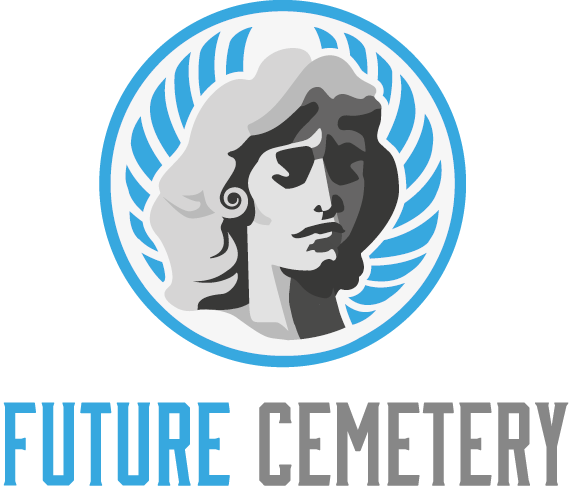Most people are familiar with morgues from movies and TV. A morgue is a refrigerated storage area for bodies that have been recently deceased.
Some countries have specialized public facilities, such as ice rinks, that can act as temporary morgues during disasters or other emergencies. A mortuary is usually part of a funeral home and can offer embalming, a meaningful funeral service or on-site burial as well as cremation.
Definition
A mortuary is a facility where bodies are kept temporarily after death. They are usually located in hospitals, coroner’s offices or other medical facilities. A hospital mortuary may also be called a morgue, pathology laboratory or autopsy room.
The word mortuary comes from the Latin m
While a mortuary is a much more bare-bones operation than a funeral home, many of them do offer some type of memorial services. Some even have a crematorium on-site. Some of these such as Myers Mortuary in Atlanta and Hart’s Mortuary in Georgia are known for combining mortuary and cremation services. However, this is not the norm and it seems that most mortuaries are not offering funeral services at all. Some simply have a viewing area where families can pay their respects.
Functions
A mortuary is a place to store and examine bodies until they can be released for funeral services. These areas are usually located in hospitals and coroner’s offices. They serve a practical purpose, and are primarily focused on cooling and preservation of the body for viewing.
Other services that a morgue may perform include transportation of the body from the place of death to the mortuary. In addition, it may also be responsible for bathing, dressing and refrigeration/dry ice application of the body, as well as filing the death certificate.
Funeral homes, on the other hand, are often considered to offer more full-service capabilities, and are said to focus on providing grief counseling and helping families plan a celebration of life service that is typically much larger than what is offered by a mortuary. Additionally, many funeral homes also provide onsite cremation. This has led to some confusion over the difference between a funeral home and a mortuary.
Locations
A mortuary is often located in a hospital or coroner’s office. However, some private mortuaries are located in funeral homes or retirement centers. A mortuary is a refrigerated storage compartment for bodies awaiting identification, removal for autopsy or respectful burial or cremation.
Many people have seen depictions of a morgue in movies or on TV. These depictions may show a large, room filled with refrigerated drawer-like compartments. In reality, a mortuary is much more clinical and does not offer the comforts of home that you might expect from a television or movie depiction.
Larkin Sunset Lawn is a full-service funeral home, cemetery and mausoleum located in the heart of Salt Lake City at 2350 E and 1300 S. This beautiful facility is set amongst majestic mountains and offers a chapel, viewing rooms, a large outdoor French-style mausoleum and a state-of-the-art cremation center. It also features a beautiful onsite cut floral shop. Most standalone mortuaries or morgues don’t offer a full package of funeral services, such as a funeral director and memorial products.
Services
The mortuary is where the remains of a deceased person are stored before they are transported to funeral homes or cremation services. A mortuary can be a separate facility or a part of a hospital, care centre, or hospice. The mortuary may also be referred to as a morgue, amphitheatre, depository, or altar of repose.
A standalone morgue will focus on storage and preparing the body for burial or cremation. A mortuary that is attached to a funeral home will be more adept at planning a meaningful funeral or memorial service, and they can provide other specialized services such as embalming and on-site burial or cremation.
Some mortuaries, such as Larkin Mortuary, offer a variety of additional services such as grief counseling. They can also help connect families with group and individual bereavement support programs and resources. This helps families cope with the loss of a loved one and begin the healing process.
